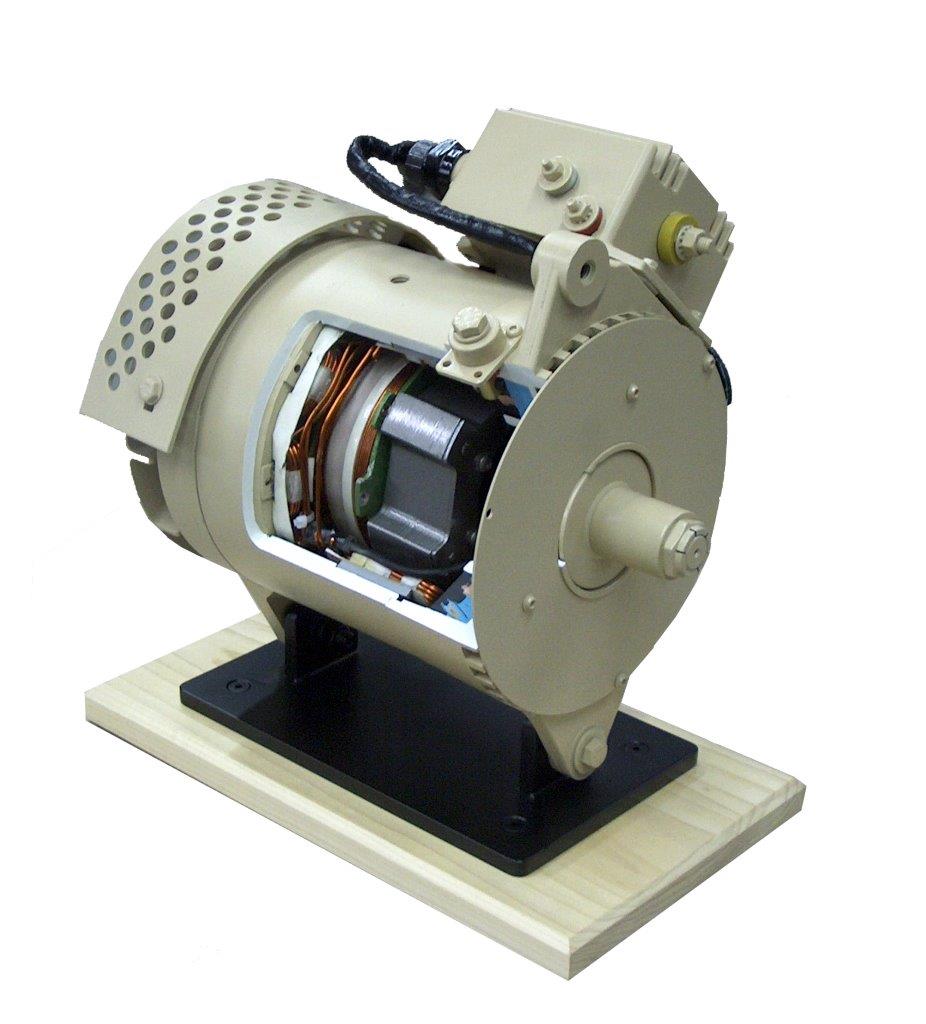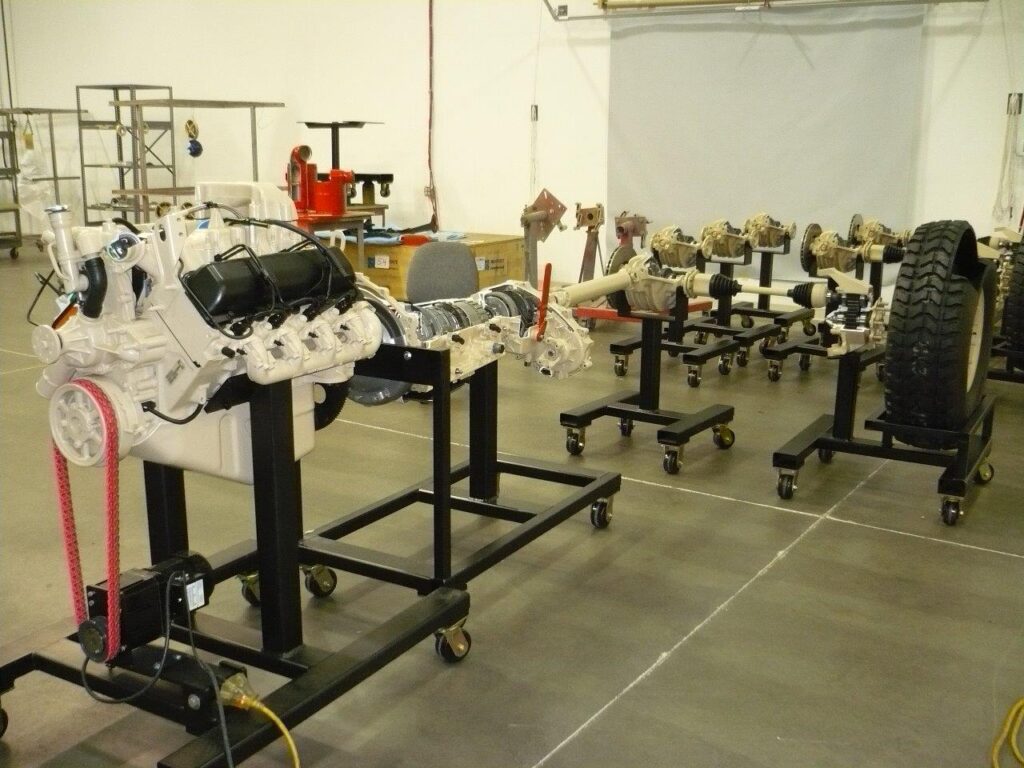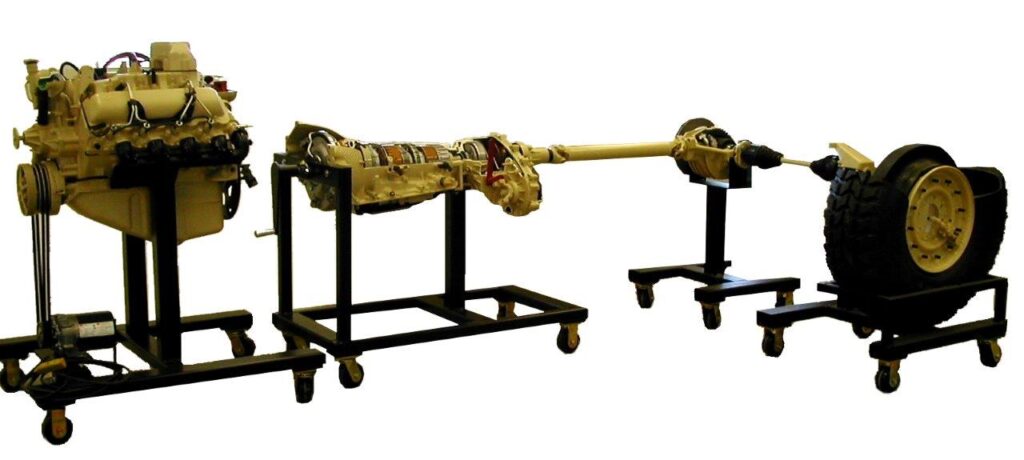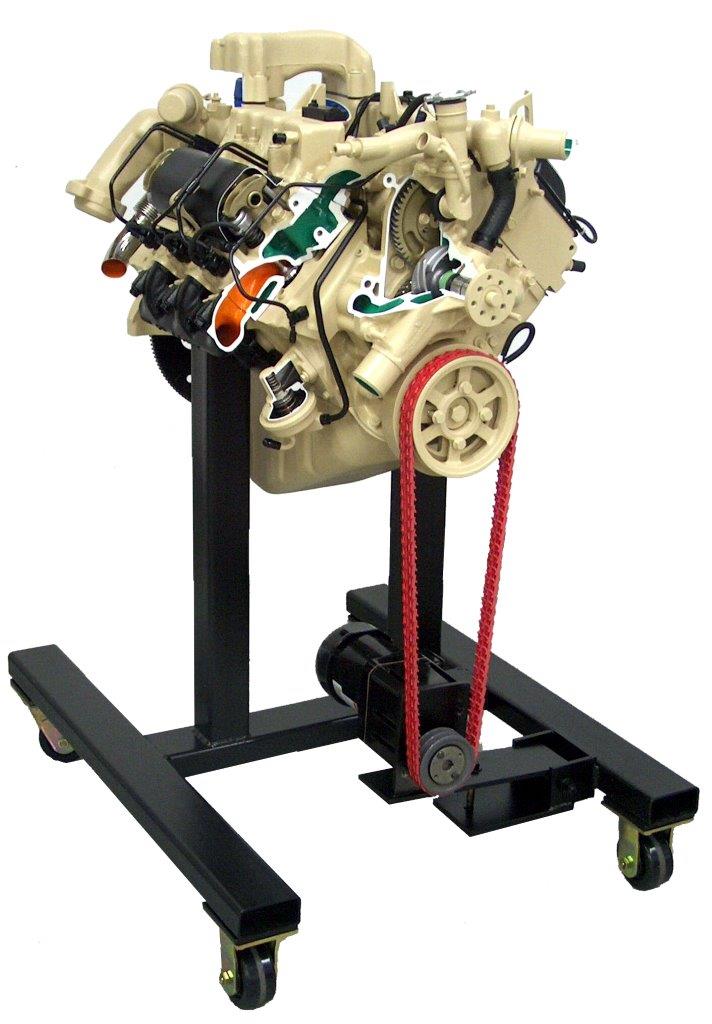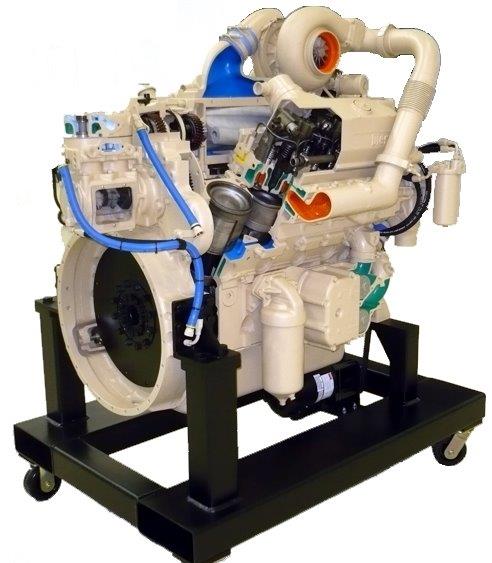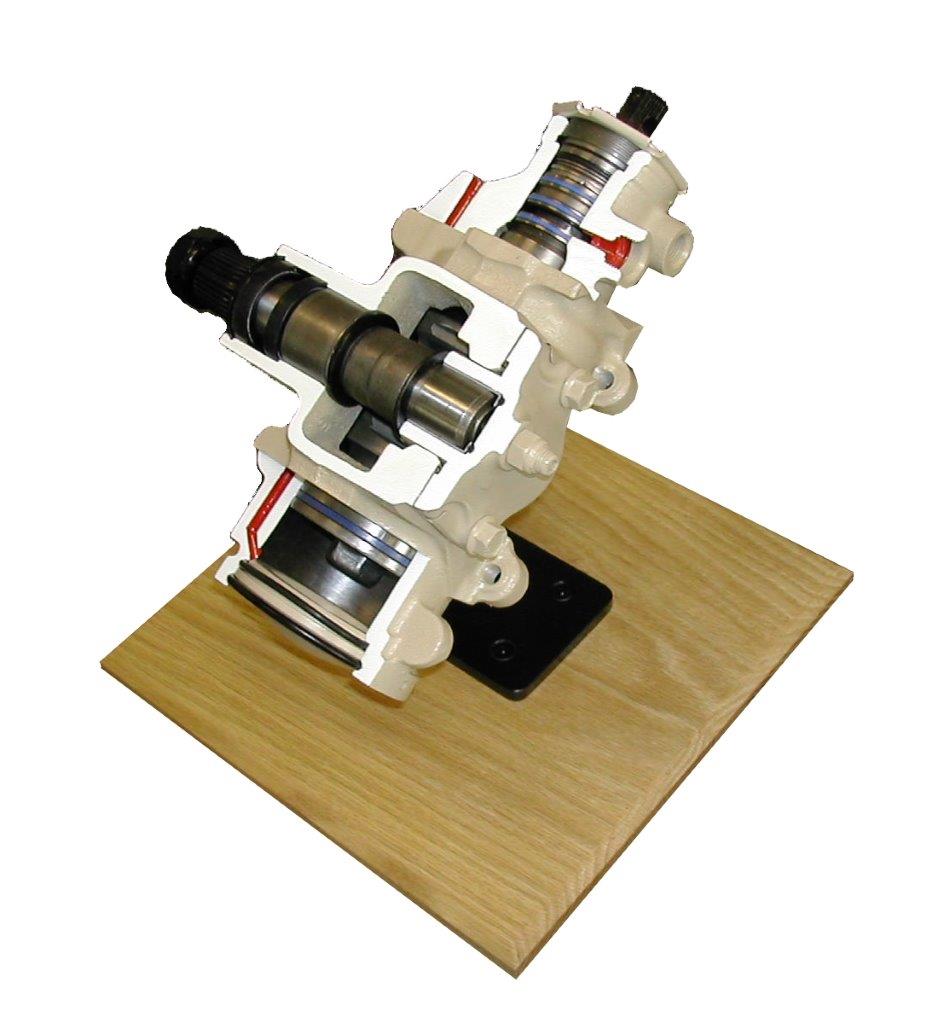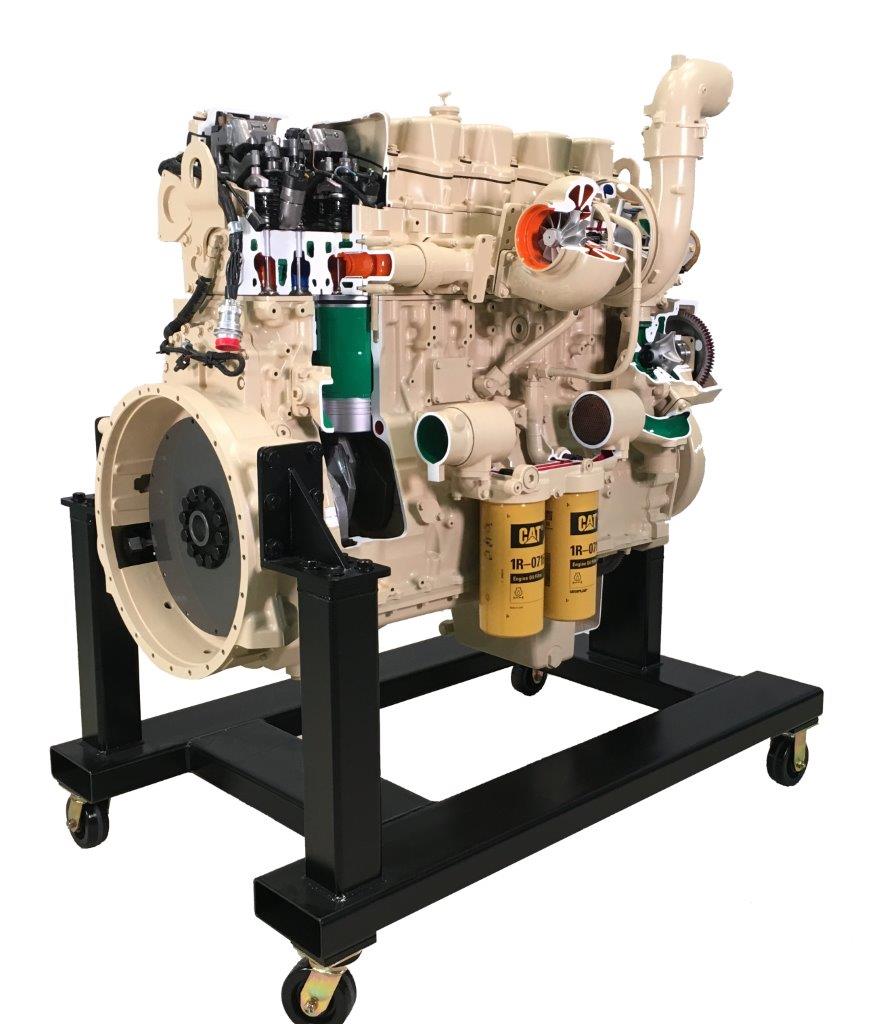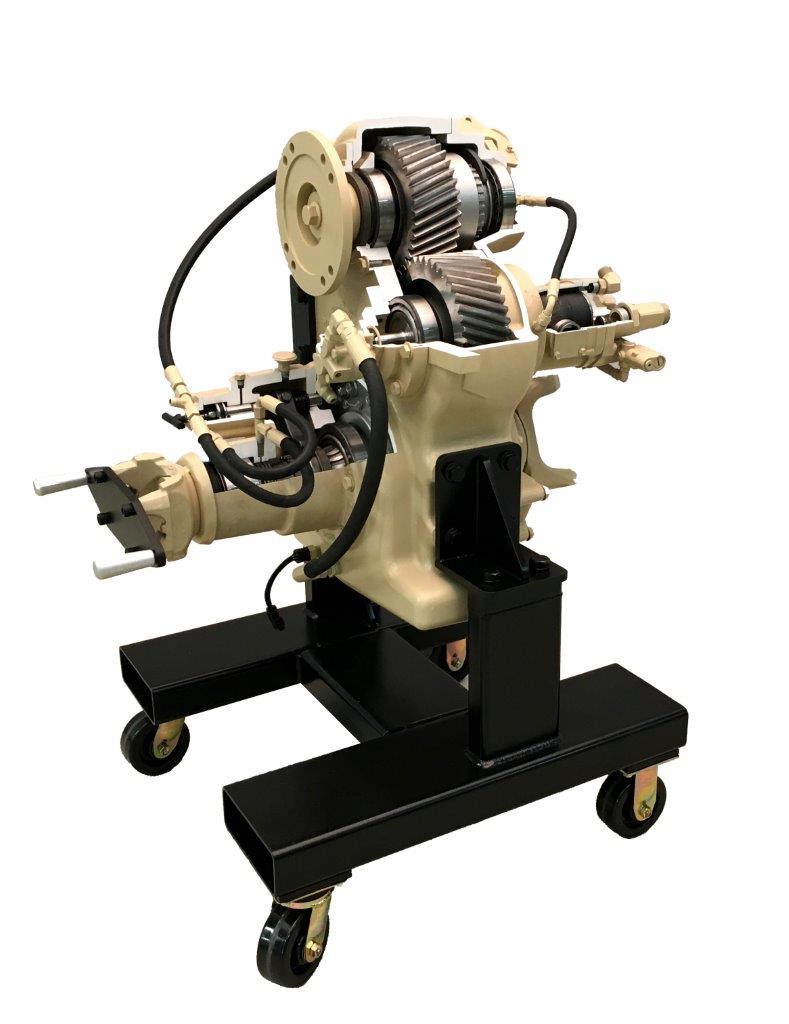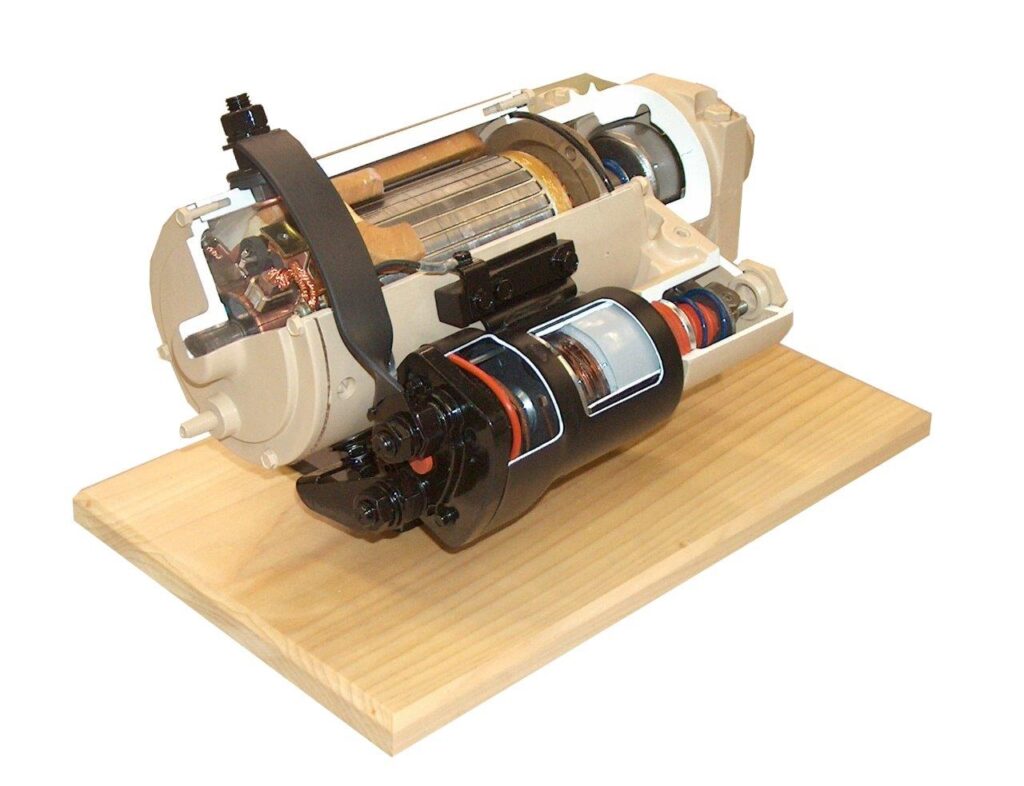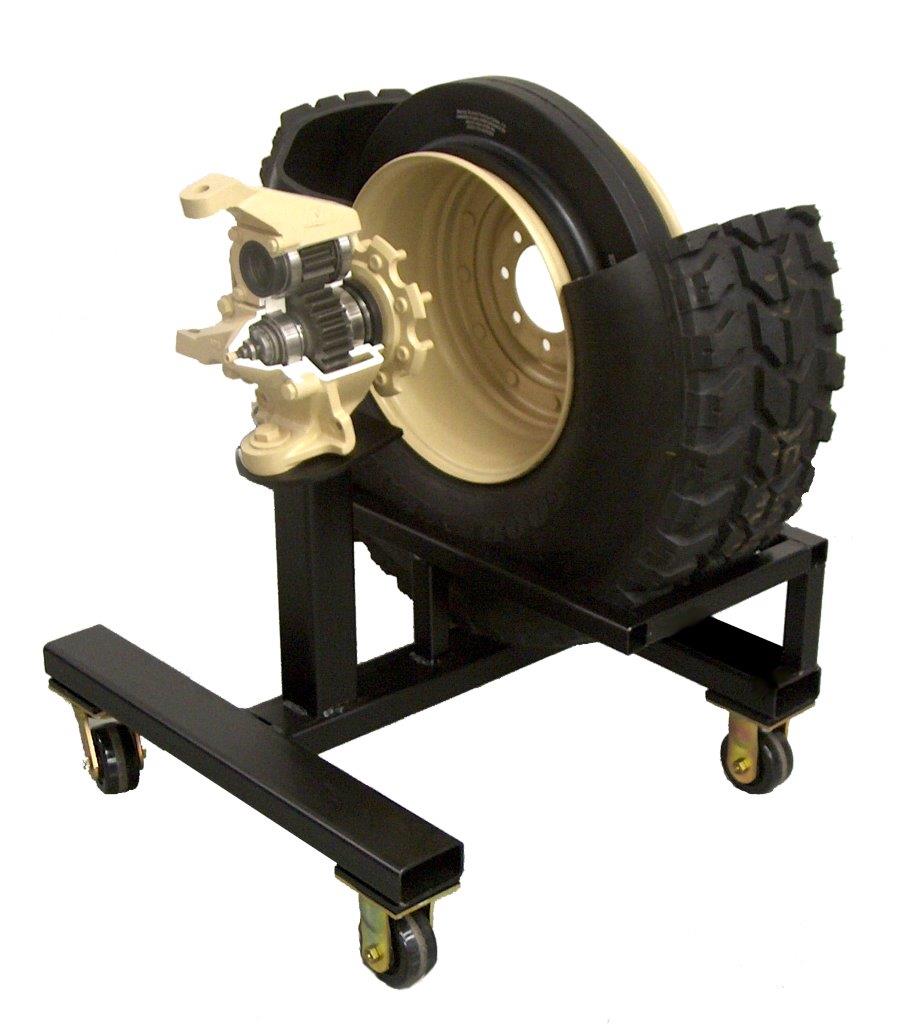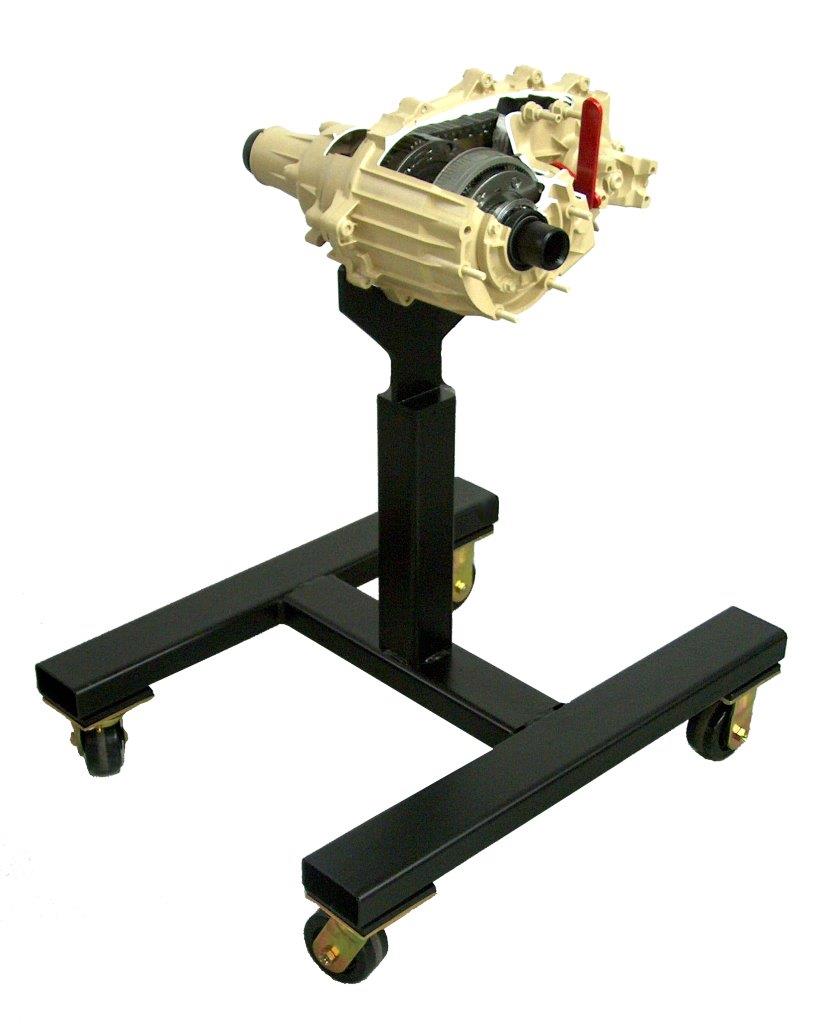Going Beyond the Surface: Exploring Military Cutaways in Unprecedented Detail
Discover the awe-inspiring world of military cutaways like never before as we dive deep beneath the surface to explore these remarkable machines in unprecedented detail. Our exploration will thoroughly cover every aspect, from fighter jets and tanks to submarines and helicopters, offering an intriguing insight into the intricate mechanisms of these formidable machines.
Using state-of-the-art technology, our team of experts has meticulously dissected these
military marvels, capturing every intricate detail with stunning accuracy. Through expertly crafted cutaways and 3D renderings, we bring to life the hidden mechanisms that make these machines tick, revealing their design’s ingenuity and engineering brilliance.
Join us on this captivating journey as we illuminate the inner workings of military vehicles, unraveling the mysteries and showcasing the precision engineering that goes into creating these war-winning wonders. Whether you’re a military enthusiast, an engineering aficionado, or simply curious about these iconic machines, this comprehensive exploration will leave you in awe.
Prepare to be amazed as we go beyond the surface and delve into the fascinating world of military cutaways, creating a deeper appreciation for the engineering marvels that shape our modern military landscape.
The history of military cutaways
Military cutaways have a rich and intriguing history that dates back to the early 20th century, coinciding with the technological advancements in warfare and army engineering. Initially, these detailed illustrations were utilized to understand complex military machinery and vehicles, which were becoming increasingly sophisticated. As nations developed new technologies for combat, the need to visualize the inner workings of these machines became paramount. Early cutaways were often found in technical manuals and educational materials, serving as tools for the military to train personnel in operating and maintaining their equipment.
The evolution of military cutaways can be traced through various artistic and engineering styles. In the 1930s and 1940s, cutaways became more popular in publications and magazines, capturing the public’s imagination and fostering a greater interest in military technology. Illustrators began to adopt more refined techniques, utilizing shading, color, and perspective to create stunning representations of aircraft, tanks, and naval vessels. This not only enhanced the clarity of the illustrations but also added an artistic flair that appealed to a broader audience.
As technology progressed, so did the precision and detail of military cutaways. In the late 20th century, the advent of computer-aided design (CAD) transformed the process of creating these illustrations. Engineers and designers could now produce highly accurate and detailed cutaways, allowing for a deeper understanding of the mechanics involved. This shift not only improved the educational value of cutaways but also solidified their place in the documentation and promotion of military technology.
The purpose and benefits of military cutaways
Military cutaways serve several crucial purposes that extend beyond mere artistic representation. Primarily, they function as educational tools, providing insights into the complex systems that make up military vehicles and equipment. By dissecting these machines visually, cutaways allow engineers, mechanics, and military personnel to grasp the intricacies of assembly, maintenance, and operation. This enhanced understanding can improve efficiency and safety in handling military technology, which is essential in critical situations.
In addition to education, military cutaways facilitate communication between various stakeholders in the defense industry. For instance, engineers can use cutaways to convey complex ideas more clearly to military officials, policymakers, and potential investors when discussing new technology or upgrades. This visual language transcends barriers that might exist in technical jargon, making it easier for all parties to engage in meaningful discussions about capabilities, improvements, and funding.
Furthermore, military cutaways can enhance the public’s understanding of military operations and technology. By providing a glimpse into the hidden mechanics of fighter jets, tanks, and submarines, cutaways foster a sense of transparency and appreciation for the engineering prowess involved in military design. This can help demystify the machinery used in defense, creating a more informed and engaged citizenry that understands the complexities and challenges of modern warfare.
The process of creating military cutaways
Creating military cutaways is a meticulous process combining artistic skill and technical knowledge. The first step typically involves gathering extensive data about the military vehicle or equipment in question, including technical specifications, schematics, and photographs from various angles. Engineers and artists work closely together to ensure that the cutaway accurately represents the intricate details of the machine, from its structural framework to its internal components.
Once the data is collected, the next phase involves developing a detailed sketch or digital model of the cutaway. Artists use their creativity to determine the best perspective that showcases the most critical components while maintaining clarity. This often requires multiple iterations, as adjustments are made to improve the overall composition and accuracy. After the preliminary design is approved, the artist will begin adding color, shading, and texture to enhance the cutaway’s visual appeal and realism.
Finally, advanced software tools are employed to create high-resolution digital images or 3D renderings of the cutaway. These techniques enable the production of stunning visuals for technical manuals, marketing materials, and educational resources. The final product serves its informative purpose and stands as a testament to the collaboration between art and engineering, showcasing the beauty and complexity of military technology.
Types of military cutaways – aircraft, tanks, submarines, etc.
Military cutaways encompass various vehicles and equipment, each with unique design and operational requirements. Among the most commonly depicted are aircraft, which include fighter jets, bombers, and transport planes. Cutaways of aircraft often showcase the intricate systems involved in flight, such as the propulsion system, avionics, and weaponry. These illustrations highlight the engineering challenges faced in aerodynamics and performance, providing a fascinating glimpse into military aviation.
Tanks and armored vehicles are another popular subject for cutaways. These ground-based machines are designed to withstand harsh conditions while delivering firepower on the battlefield. Cutaways of tanks reveal the complex layering of armor, the internal compartments for crew and munitions, and the sophisticated targeting systems that enable precision strikes. The level of detail in these cutaways is crucial for understanding how these vehicles operate in various combat scenarios, enhancing the training for personnel who work with them.
Submarines, with their unique underwater capabilities, also benefit from detailed cutaways. The complexity of submarine design, including pressure hulls, propulsion systems, and sonar technology, requires intricate illustrations to convey their functionality. Cutaways of submarines often depict how the various systems work together to ensure safe navigation and stealth operations. These representations are essential for military training and public awareness of the technological advancements in naval warfare.
Military cutaways in popular culture
Military cutaways have significantly influenced popular culture, appearing in films, TV series, and video games. These visual representations provide audiences an engaging way to understand military technology and its capabilities, often enhancing the storytelling experience. For example, films that depict aerial dogfights or ground battles frequently include cutaways to illustrate the aircraft or vehicles in action, helping viewers grasp the stakes involved in military operations.
Television series focusing on military life and operations often utilize cutaways to educate audiences about the equipment used by armed forces. Documentaries and educational programs frequently feature these illustrations to enhance understanding of complex topics, such as military strategy and technology. By incorporating cutaways into popular media, creators can draw attention to the incredible engineering feats behind military vehicles, fostering a greater appreciation among viewers.
Video games, particularly those centered around military themes, also capitalize on the allure of military cutaways. Game developers often include detailed cutaway graphics to showcase the vehicles and weapons players can use, providing a sense of realism and immersion. This enhances gameplay and educates players about the real-world counterparts of the equipment they are using, bridging the gap between entertainment and education in the realm of military technology.
The impact of military cutaways on education and training
The educational impact of military cutaways cannot be overstated, as they play a vital role in training military personnel and engineers. By providing precise and detailed visual representations of complex systems, cutaways allow trainees to develop a comprehensive understanding of the machinery they will operate. This familiarity is essential for ensuring personnel can effectively manage and maintain equipment, ultimately contributing to mission success.
Military cutaways are often incorporated into instructional materials, manuals, and presentations in formal training environments. Instructors can use these visuals to supplement their teachings, making abstract concepts more tangible and relatable for students. This learning method caters to various learning styles, allowing visual learners to benefit significantly from detailed illustrations while supporting auditory and kinesthetic learners through discussion and hands-on activities.
Moreover, the use of military cutaways extends beyond initial training programs. Ongoing education and refresher courses often utilize these visuals to keep personnel updated on new technologies and modifications to existing equipment. As military technology evolves, cutaways serve as essential tools for ensuring that all personnel remain informed and capable of operating the latest advancements in military machinery.
The future of military cutaways
As technology advances, the future of military cutaways looks promising, with the potential for even greater detail and interactivity. The integration of virtual reality (VR) and augmented reality (AR) into the field of military cutaways is on the horizon, enabling users to explore 3D models of military vehicles and equipment in immersive environments. This innovative approach could revolutionize how military personnel and the general public engage with military technology, providing a hands-on learning experience that traditional cutaways cannot replicate.
In addition to VR and AR, the increasing capabilities of artificial intelligence (AI) may lead to the development of smarter cutaway illustrations. AI could assist in automating the design process, allowing for the rapid generation of cutaways based on a vast database of technical specifications. This would enable engineers and artists to focus on refining the details and aesthetics of the cutaways while streamlining the overall creation process.
Furthermore, as military technology becomes more interconnected and reliant on data, future cutaways may incorporate real-time information about vehicle performance and status. This live data integration could provide users with a deeper understanding of how each component functions under various conditions, enhancing training and operational effectiveness. As we look ahead, the possibilities for military cutaways are boundless, promising to enrich our understanding of military engineering for generations to come.
How military cutaways are used in marketing and advertising
Military cutaways have become valuable assets in the marketing and advertising defense contractors and military technology companies. By showcasing their products’ intricate designs and capabilities, manufacturers can create compelling visual narratives highlighting innovation and engineering excellence. These cutaways are potent tools for differentiating their offerings in a competitive marketplace, providing potential clients with a clear understanding of what sets their technology apart.
In promotional materials, military cutaways can convey complex information in an easily digestible format. Brochures, websites, and presentations that feature cutaway illustrations effectively communicate the functionality and advantages of specific military vehicles and systems. By employing these visuals, companies can capture decision-makers attention in the military and government sectors, facilitating discussions around procurement and investment in advanced technologies.
Moreover, military cutaways can be pivotal in trade shows and exhibitions. Companies often display large-scale cutaways or interactive digital versions that allow attendees to explore their products in detail. This hands-on engagement can lead to valuable connections and potential sales opportunities as prospects better understand the products being offered. In this way, military cutaways serve as educational tools and effective marketing strategies that drive business growth in the defense sector.
Conclusion
The world of military cutaways offers a fascinating glimpse into the intricate engineering and design that underpin military technology. From their historical roots to modern applications, cutaways have evolved into essential education, communication, and marketing tools. They provide invaluable insights into the complexities of military vehicles and equipment, enhancing understanding among professionals and the public.
As we continue to embrace technological advancements, the future of military cutaways promises even greater interactivity and detail. Integrating VR, AR, and AI will undoubtedly reshape how we engage with military machinery, creating immersive experiences that deepen our appreciation for these engineering marvels. Whether in education, training, popular culture, or marketing, military cutaways will remain vital to understanding the sophisticated world of defense technology.
In a time when military capabilities constantly evolve, the importance of visualizing these advancements cannot be overstated. Military cutaways not only demystify the complexities of modern warfare but also foster a sense of transparency and understanding among the public. As we go beyond the surface, we celebrate the ingenuity and brilliance behind military engineering, paving the way for future innovations that will shape our world.
Also See: Jet Engine Cutaways
ABOUT TECHCOM
3D Printing
3-D printing capabilities redefine visual 3D presentations. From Sci-Fi to Reality: 3-D is revolutionizing manufacturing. Explore the stunning Innovations in 3-D Printing markets.
Augmented Reality AR
We combine real-world and computer-generated content! Augmented Reality is paving the way for a new era of innovation. Join the AR digital revolution, enhancing customer experiences to revolutionizing employee training.
Product Displays
We provide various product displays, from small Point-of-Purchase to Major Trade Show Product Displays and unique Museum exhibit working modules. Furthermore, TECHCOM offers the best cutaways in the business. For example, our working Model Simulations show off your product and visually represent what is inside. Again, our training aid products are great for classroom teaching, training, or informative demos on the tradeshow floor.
Multi-Media
Highlight your products with powerful visual presentations for marketing, training, and trade shows. Moreover, our Computer Visualization takes your video, print, or media campaign to the next level. In addition, our Interactive services and Virtual Training bring your instructional programs to life. We also provide scriptwriting, graphics, and translation services. Above all, with our computer visualization and training expertise, we offer multiple solutions for your simulation needs.
Publications
Let us interpret complex technology and concepts for your audience with exceptional Technical writing and technical graphics services for print and digital technical publications. Moreover, our technical writers craft basic technical information into helpful print and digital publications.
In addition, TECHCOM has created tens of thousands of illustrations and graphics to demonstrate various components and concepts—for instance, visual representation of internal wiring and electrical systems. Also see Technical Publication Markets.
Be sure to follow us for updates on social media on Facebook, Twitter, and Linkedin.

